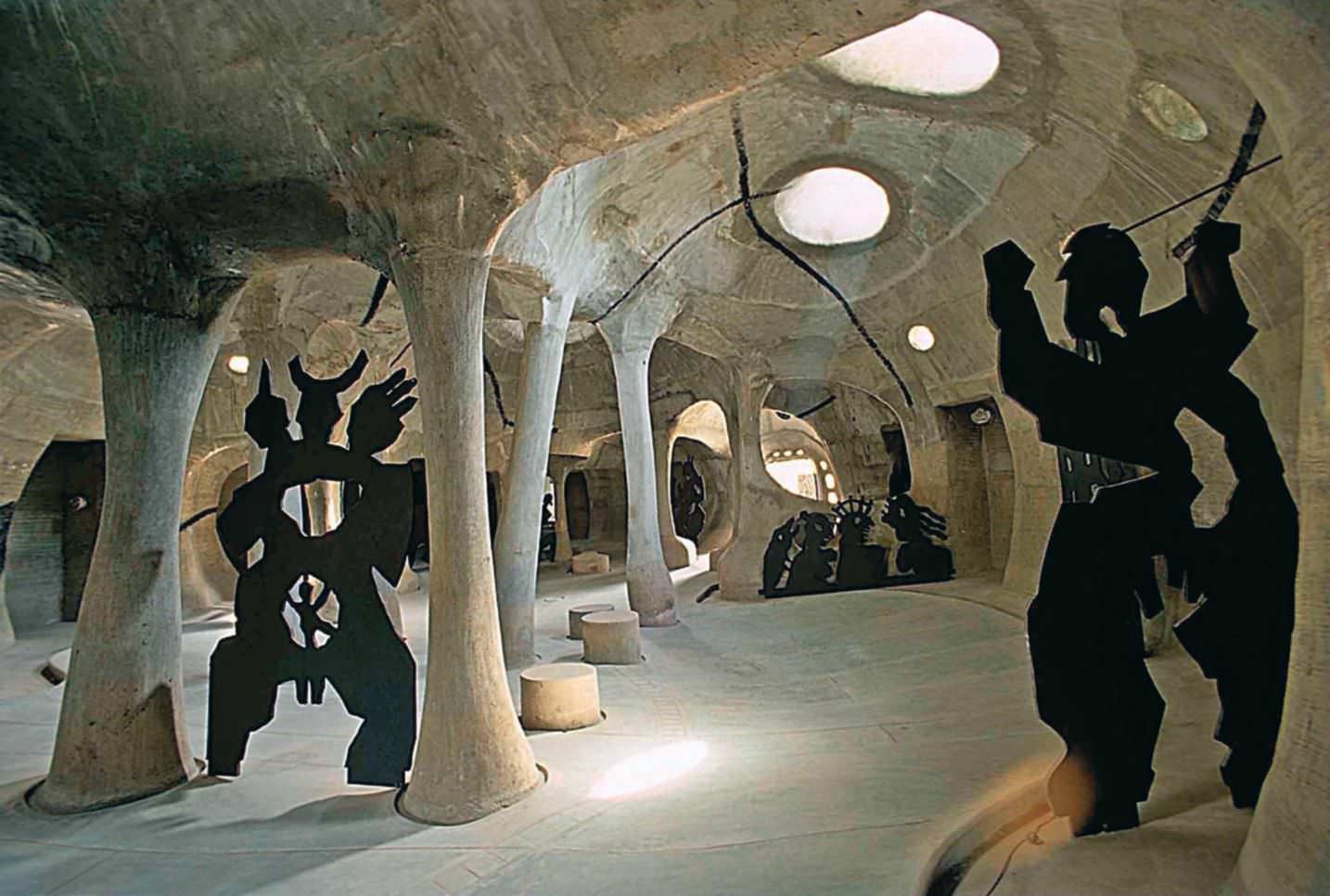Is There An Architecture For India?
Domus India
|April 2018
Noted architect Balkrishna Doshi has been granted the Pritzker Architecture Prize this year — the first Indian recipient of the award. Kaiwan Mehta wonders why the award reached Indian shores so late, given the fact that the first generation of architects in postindependence India had already achieved a mature body of work through the 1980s
-

India has been a complex proposition and many have tried to explain this idea, civilisation, people, and place in different ways. Architecture has played a key role in giving material shape and form to the ‘idea of India’ during the colonial and post-Independence periods, and Balkrishna Doshi has indeed be a seminal figure in this struggle to imagine an architecture for a nation and its people. Through his long and illustrious career, Ahmedabad-based Doshi produced a kind of philosophy of architecture through his works and through his conversations about architecture. Architecture could be bold and beautiful, warm and humble, but at all points it would have to connect with the people — this is something that Doshi always spoke of, and what many of us learned from him.
The architects’ fraternity in India was euphoric last month with the announcement of the news that Balkrishna Vithaldas Doshi was awarded the most coveted international award — the 2018 Pritzker Prize — often known as ‘the Nobel of architecture’. Generations of young architects in India, especially from the 1960s-70s, have been influenced in one way or another by the thoughts and works of Doshi. For the earlier generations, he was a colleague and peer, and from the 1980s, he has continuously been a teacher-figure for students across India.
Dit verhaal komt uit de April 2018-editie van Domus India.
Abonneer u op Magzter GOLD voor toegang tot duizenden zorgvuldig samengestelde premiumverhalen en meer dan 9000 tijdschriften en kranten.
Bent u al abonnee? Aanmelden
Translate
Change font size

